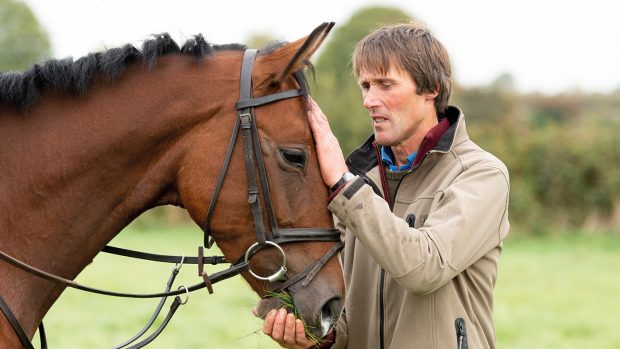More advice on buying horses
View horses for sale
If you do not know a horse’s birthdate and there is no adequate paperwork, the animal’s appearance and its teeth are all you have to go on. You would be hard-pressed to age most people accurately from looking at them, and the same has to be true of horses.
Some wear better than others due to all sorts of variations in individuals, their environment, breeding and feeding.
If you do try to age a horse by its teeth, the incisors (the most obviously visible front teeth that sit in front of the bit) are the crucial ones to examine.
In younger horses, it is possible to make a good estimate from the number of baby and adult teeth that have erupted or emerged from the gum. This is quite easy to establish in a three-year-old, for instance, where there will be two adult incisors in wear in the centre of the jaw and baby teeth on either side.
However, it is not impossible to confuse a two-year-old with all baby incisors and a five-year-old with all adult incisors. In theory, the baby teeth are smaller and whiter, with a rounded gum line. But when you are looking at a single horse on its own, it can be tricky to decide how white and small the teeth actually are!
It is best to look for other clues such as the fact that the canine teeth or tushes, small extra teeth at the side, will have appeared in a five-year-old stallion, most geldings and some mares. In the past, it was not unknown for unscrupulous vendors to file down or remove the tushes to make an older horse look younger.
Once all the adult incisors have emerged and are in wear, age determination by the teeth becomes more difficult and accuracy of age estimation falls. You need to study several different features of the front teeth that change as horses age. These include:
The complicated bit of ageing by the teeth involves looking at various indicators on the top biting surface of the lower front teeth. These include:
The key point is that ageing by the teeth is not as simple, scientific or accurate as many suggest. The obvious answer is to follow the old advice to “never look a gift horse in the mouth”. Track down its correct documentation instead and then check it!
This veterinary feature was first published in Horse & Hound (24 February, ’05)
Looking for more advice on buying horses?
View horses for sale near you
|
||
 |
||


 Get up to 19 issues FREE
Get up to 19 issues FREE TO SUBSCRIBE
TO SUBSCRIBE 



